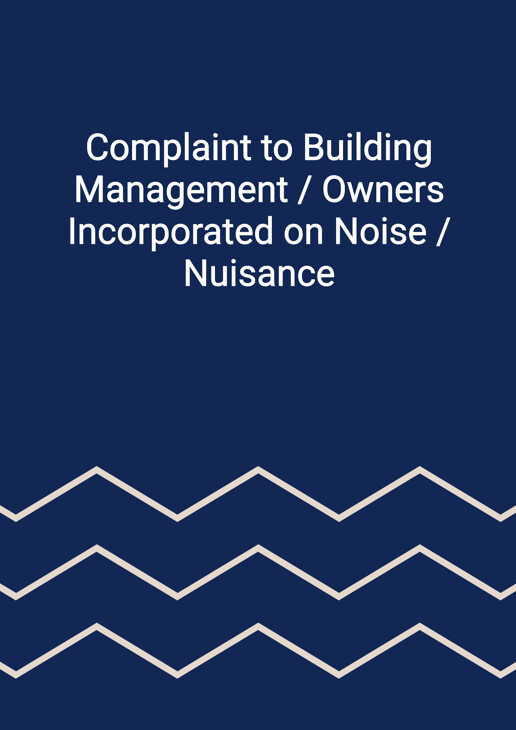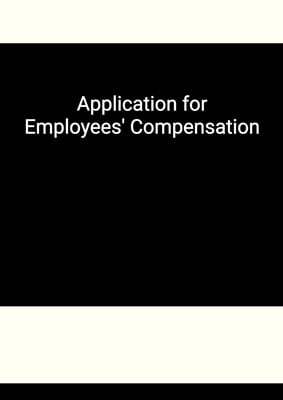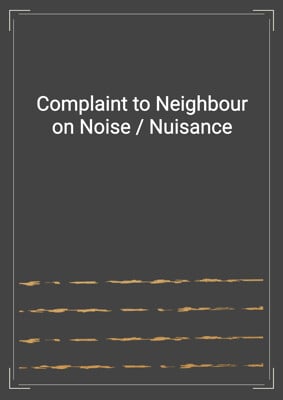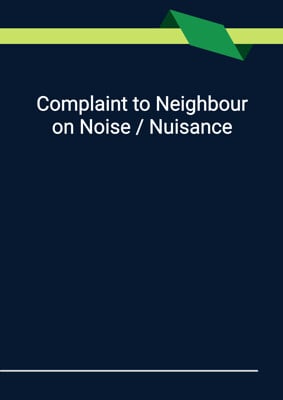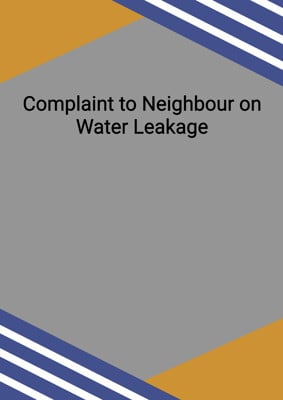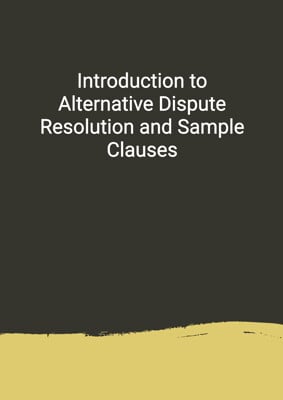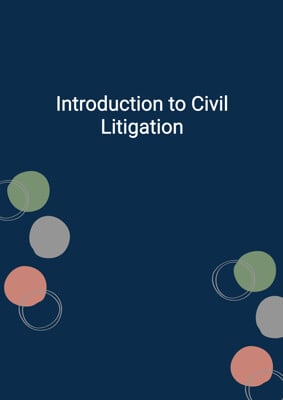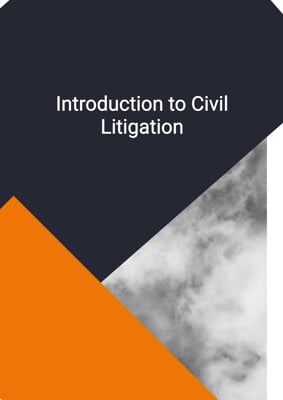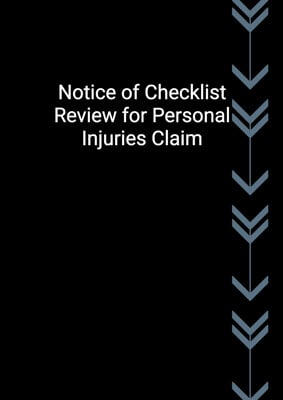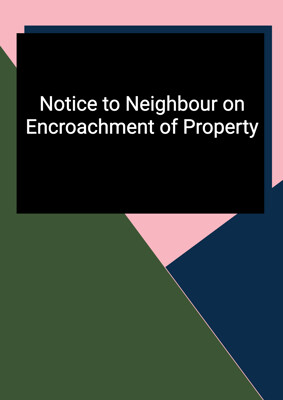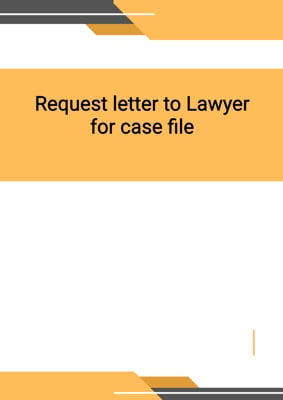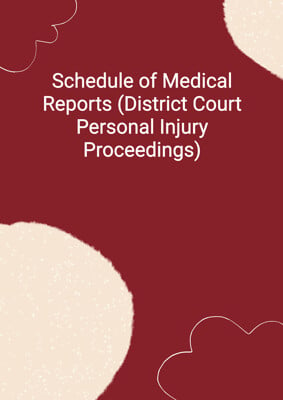How to Tailor the Document for Your Need?
01
Create Document
Click "Create Document" button and the document will be prepared with your account details automatically filled in.
02
Fill Information
Please fill in any additional information by following the step-by-step guide on the left hand side of the preview document and click the "Next" button.
03
Get Document
When you are done, click the "Get Document" button and you can download the document in Word or PDF format.
04
Review Document
Please review the document carefully and make any final modifications to ensure that the details are correct before sending to the addressee.
Document Preview
Document Description
The document titled 'Complaint to Building Management / Owners Incorporated on Noise / Nuisance' is a formal complaint letter addressed to the building management or owners regarding a noise or nuisance issue experienced by the occupant of a specific property. The detailed description of the document highlights the importance of addressing the issue and seeking a resolution.
The entire document consists of a letter format, starting with a salutation and introduction. The complainant identifies themselves as the occupant of the property and expresses their dissatisfaction with the ongoing noise nuisance. They explain how the noise has affected their quality of life, including sleep deprivation and inability to focus on work. The complainant mentions previous complaints made to the management office and their unfulfilled promises to resolve the issue. They also mention lodging a formal complaint with the water department regarding unauthorized installations.
The complainant expresses frustration with the lack of action taken by the management office and the inconvenience caused. They state that they have decided to move out of the property and seek compensation for various losses and damages incurred, including rental paid, loss of property usage, medical expenses, moving expenses, and others. The letter concludes with a notice that legal proceedings will be initiated if the responsible party does not admit liability and compensate for the damages within 14 days.
Each section of the document serves a specific purpose in conveying the complainant's grievances and demands. The introduction provides background information about the complainant and the property. The main body of the letter describes the ongoing noise nuisance, previous complaints, and the lack of action taken by the management office. The complainant also mentions their decision to move out and seeks compensation for the losses and damages suffered. The conclusion emphasizes the intention to pursue legal action if the responsible party does not comply.
Overall, the document is a formal complaint letter that highlights the importance of addressing noise or nuisance issues and seeking appropriate resolution. It provides a detailed account of the complainant's experiences, previous actions taken, and the desired outcome.
How to use this document?
1. Identify the recipient: Address the complaint letter to the building management or owners incorporated, clearly stating their name and contact information. This ensures that the letter reaches the appropriate party.
2. Introduce yourself and the property: Begin the letter by introducing yourself as the occupant of the property and provide the complete address. This helps establish your identity and the specific property affected by the noise or nuisance.
3. Describe the noise or nuisance issue: Clearly state the nature of the noise or nuisance problem experienced, including its impact on your daily life. Be specific about the disturbances caused and how they have affected your sleep and work.
4. Mention previous complaints and unfulfilled promises: Explain that you have previously lodged complaints with the management office regarding the issue. Mention any promises made by the management office to address the problem and their failure to follow through.
5. Highlight formal complaint to the water department: State that you have taken the matter further by lodging a formal complaint with the water department regarding unauthorized installations. Explain any actions taken by the water department and the lack of resolution.
6. Express frustration and decision to move out: Convey your frustration with the lack of action and the inconvenience caused. Clearly state your decision to move out of the property due to the ongoing nuisance.
7. Claim compensation for losses and damages: Specify the various losses and damages incurred as a result of the nuisance, such as rental paid, loss of property usage, medical expenses, moving expenses, and others. Clearly state the amount or estimate for each category.
8. Provide a notice of legal action: Conclude the letter by giving a notice that legal proceedings will be initiated if the responsible party does not admit liability and compensate for the damages within 14 days. Emphasize that all legal costs and expenses will be the responsibility of the responsible party.
9. Preserve rights and interests: Mention that the negotiation in the letter does not affect or prejudice your rights, interests, and remedies available. Clearly state that all rights and interests are expressly reserved.
Note: Seek legal advice or consult relevant regulations in your jurisdiction to ensure compliance and accuracy in addressing the noise or nuisance issue.
Not the right document?
Don’t worry, we have thousands of documents for you to choose from:
